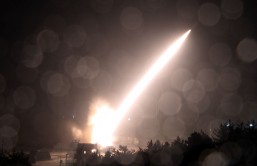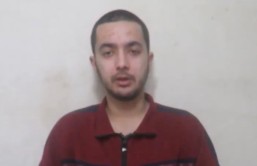Researchers discovered an unusual from of electronic order in a new family of superconductors.
The finding creates a connection between two superconductor families, allowing scientists to gain important insights into high-temperature superconductivity, Brookhaven National Laboratory reported.
"Finding this new material is a bit like an archeologist finding a new Egyptian pharaoh's tomb," said Simon Billinge, a physicist at Brookhaven Lab and Columbia University's School of Engineering and Applied Science, who led the research team. "As we try and solve the mysteries behind unconventional superconductivity, we need to discover different but related systems to give us a more complete picture of what is going on-just as a new tomb will turn up treasures not found before, giving a more complete picture of ancient Egyptian society."
Harnessing the power of superconductivity could lead to a more energy-efficient future. Most superconductors work at an extremely low temperature, making them incompatible with everyday life. "Higher temperature" superconductors can work in warmer environments, but still cannot operate at room temperature.
One of the great mysteries in this process is how electrons interact in high-temperature superconductors, allowing them to carry current with zero resistance and no loss. To solve this mystery researchers looked at different electronic states such as "charge density waves," in which charges form stripes and checkerboard patterns of charge. The researchers worked to determine if an unusual state, called nematic order, would be observed in the new class of titanium-oxypnictide high-temperature superconductors.
To make their findings the researchers conducted two kinds of diffraction studies: neutron scattering experiments at the Los Alamos Neutron Science Center (LANSCE) at DOE's Los Alamos National Laboratory, and electron diffraction studies via a transmission electron microscope at Brookhaven Lab.
"These titanium-oxypnictide compounds are structurally similar to the other exotic superconductor systems, and they had all the telltale signs of a broken symmetry, such as anomalies in resistivity and thermodynamic measurements. But there was no sign of any kind of charge density wave in any previous measurement. It was a mystery," said Emil Bozin, whose group at Brookhaven specializes in searching for hidden local broken symmetries. "It was a natural for us to jump on this problem."
The findings revealed this type of symmetry breaking did occur at low temperatures, which provides insight help the researcher understand the role of electronic symmetry breaking in superconductivity.
The findings were published in a recent edition of the journal Nature Communications.








